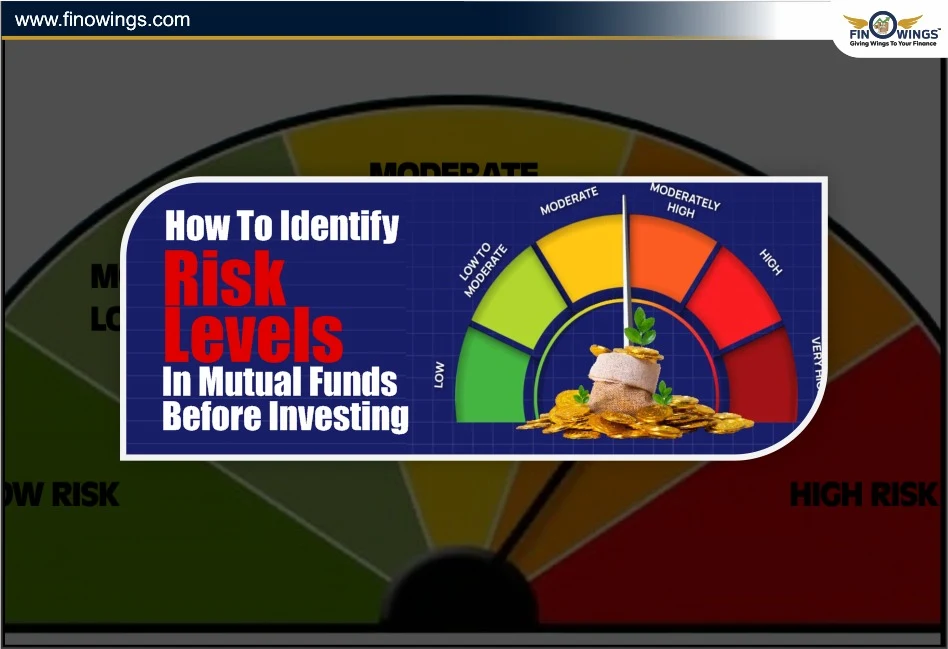Home >> Blog >> Top International Mutual Funds to Invest In India
Top International Mutual Funds to Invest In India

Table of Contents
- Understanding International Mutual Funds
- Understanding International Mutual Funds
- Different Kinds of International Mutual Funds
- Benefits of International Funds
- Best International Mutual Funds in 2025
- Potential Risks of International Mutual Funds
- Who Should Consider Global Mutual Funds?
- Investing in International Mutual Funds
- Final Thoughts
International mutual funds are a way for Indian investors to access investment avenues beyond domestic markets. As the economies of the U.S, Europe and emerging countries continue to grow, global mutual funds help investors access top performing global companies like Apple, Microsoft, and Tesla.
In the following sections, we will define international funds, their relevance in investing, and some of the best international mutual funds for Indian investors in year 2025.
Understanding International Mutual Funds
International Mutual Funds are equity-oriented funds that invest in companies listed beyond Indian borders. These funds give investors a view of the developed and emerging markets of the world, thus capitalising on global economic growth.
To put it differently, when purchasing an international stock mutual fund, an investor's funds are placed into global leaders in technology, healthcare, finance and energy to name a few.
For example, an international mutual fund that tracks the NASDAQ 100 Index invests held interest in leading U.S. technology corporations like Amazon, Meta and Nvidia.
Understanding International Mutual Funds
When Indian investors put money in a global or international fund, fund houses:
1. Invest directly in stocks or ETFs.
2. Use a feeder fund which sends money to an international mutual fund.
An example is Nippon India U.S. Equity Opportunities Fund which invests in U.S. companies in multiple sectors. Motilal Oswal Nasdaq 100 Fund of Fund tracks the U.S. Nasdaq index using a feeder fund.
Different Kinds of International Mutual Funds
|
Type |
Description |
|
Country-Specific Funds |
Invest in a single country, e.g., the U.S., Japan, or China. |
|
Region-Based Funds |
Focus on regions like Europe, Asia-Pacific, or Latin America. |
|
Global Funds |
Invest across multiple countries, including India. |
|
Thematic/ Sectoral Funds |
Focus on global sectors such as technology, healthcare, or energy. |
Benefits of International Funds
Benefits of having international funds in your portfolio include
1. Global Diversification
Investors in India can diversify into new economies and industries like semiconductors, artificial intelligence, and electric vehicles.
2. Currency Advantage
Your investments will benefit when the Indian rupee depreciates against the U.S. dollar.
3. Reduced Risk in your Portfolio
Indian markets and global markets do not always move the same, which helps reduce risk.
4. Ownership of Future Innovation
Investors can own stock in big global companies like Google, Amazon, Microsoft, and Apple.
Best International Mutual Funds in 2025
Indian investors can look at these international mutual funds for global exposure and performance (along with global exposure and fund performance):-
|
Fund Name |
Type |
1-Year Return |
3-Year CAGR |
Investment Focus |
|
Motilal Oswal Nasdaq 100 FOF |
Feeder Fund |
~42% |
~16% |
U.S. tech stocks |
|
Franklin India Feeder – Franklin U.S. Opportunities Fund |
Feeder Fund |
~39% |
~14% |
U.S. growth companies |
|
Edelweiss Greater China Equity Offshore Fund |
Feeder Fund |
~28% |
~9% |
China & Hong Kong equities |
|
PGIM Global Equity Opportunities Fund |
Direct Fund |
~33% |
~11% |
Global diversified portfolio |
|
Nippon India U.S. Equity Opportunities Fund |
Direct Fund |
~36% |
~12% |
U.S. large-cap companies |
|
DSP World Mining Fund |
Thematic |
~22% |
~8% |
Global metal & mining stocks |
(Source: AMFI, Value Research, Jan 2025)
These funds are ideal for investors looking to invest for the long term and tap into the potential of high-performing overseas markets.
Potential Risks of International Mutual Funds
These risks should be considered and examined carefully before investing in international mutual funds:
Geopolitical Risk: Instability in the performance of politically unstable countries can risk funds.
Expense Ratio: The Cost of the fund and transactions is influenced by overseas fund management.
Taxation: After three years, it is taxed like debt funds with LTCG in India.
Currency Risk: If the rupee appreciates against the dollar, returns from global funds may suffer.
Who Should Consider Global Mutual Funds?
International funds are designed for:-
-
Investors who are looking for diversification from the Indian markets.
-
Investors with long horizons (3–5 years or more) as these are considered long term.
-
Investors who can tolerate the risk from currency fluctuations.
-
Global sectors, including AI, electric vehicles, and cloud computing, are some of the best investment opportunities right now.
-
Yet, for beginners, the ideal percentage of their total mutual fund portfolio to dedicate to global mutual funds should be 10–20%.
Investing in International Mutual Funds
Investing in international or global mutual funds is possible in 3 main ways:
1. Indian Mutual Fund Houses (Feeder Funds): For example, Motilal Oswal, Franklin Templeton.
2. Direct International Investment Platforms: Platforms include INDmoney, Groww, or Vested.
3. SIP or Lump Sum: Starting small and using Systematic Investment Plans (SIPs) will help you manage volatility.
Example of International Stock Mutual Fund Investment
Let's say you invest in the Motilal Oswal Nasdaq 100 Fund. For the purposes of this example, let's assume you invested ₹1,00,000 and the average annual return was 12%. Regardless of fund charges or currency exchange rates, your investment will increase to around ₹1,76,000 in five years.
Final Thoughts
International funds can provide a portfolio with a number of advantages, including increased diversification, protection against domestic slowdowns, and a global edge. India is still a market that is growing quickly, and investing in international mutual funds gives investors access to cutting-edge global sector investments.
Start with a modest investment, monitor your foreign fund's performance, and make sure you know how much risk you can tolerate. You can create an internationally diversified and balanced investment portfolio for the long-term growth of your wealth by investing in Indian and international mutual funds.
DISCLAIMER: This blog is NOT any buy or sell recommendation. No investment or trading advice is given. The content is purely for educational and information purposes only. Always consult your eligible financial advisor for investment-related decisions.
Author
Frequently Asked Questions
Yes, international mutual funds can be good for beginners because they offer easy global diversification. However, beginners should invest only 10–20% of their portfolio due to currency risk and global market volatility.
Most experts suggest keeping 10–20% of your total mutual fund portfolio in international funds. This gives global exposure without taking too much risk.
They can give higher returns when global markets perform well, especially sectors like technology or electric vehicles. However, returns depend on global market conditions and currency movements.
International mutual funds are taxed like debt funds. If you hold them for 3 years or more, you pay Long-Term Capital Gains (LTCG) tax. Short-term gains are added to your income tax slab.
Yes, you can start a SIP in most international mutual funds through Indian fund houses or investment apps like Groww, INDmoney, and Vested. SIP helps manage volatility in global markets.












.webp)






